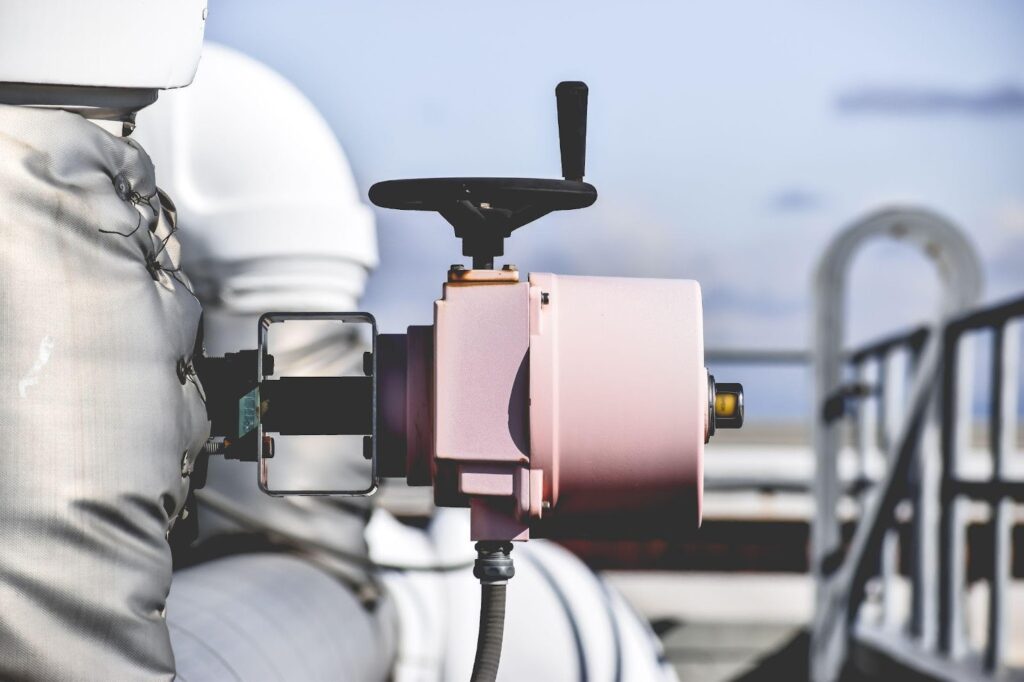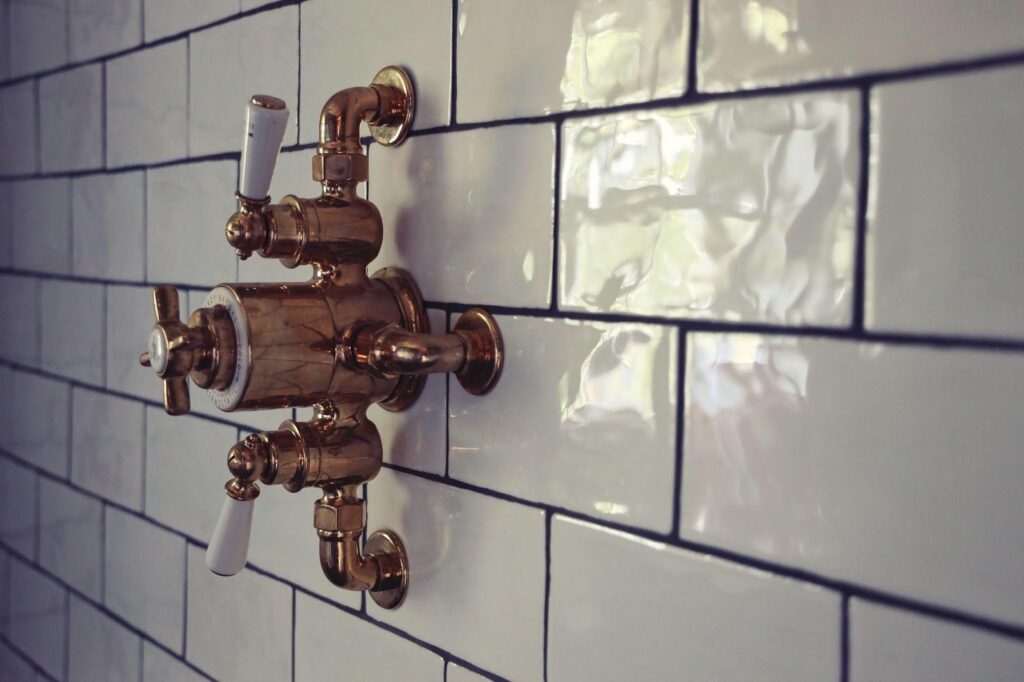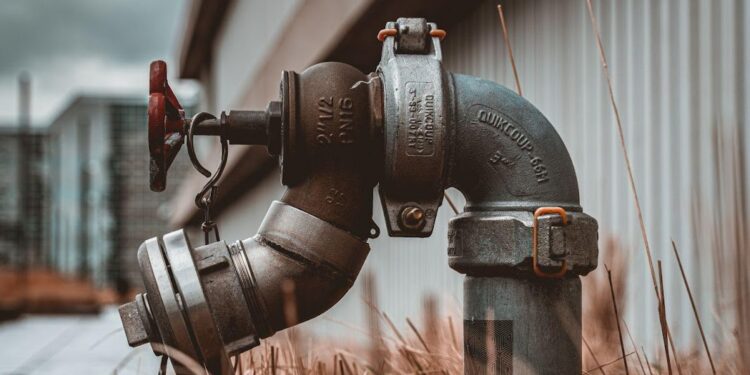Having a reliable Industrial Valve Supplier is very important, as they can guide you through the advantages and disadvantages of using various types of valves. Apart from supplying quality material, they can also suggest which type of valve can best suit your requirements.
The ‘Global Industrial Valves Market is predicted to reach around $77 billion by 2022. The need for industrial valves is expected to expand in the next few years, as they are utilized in various commercial construction projects, automation projects, and other applications.
Industrial Valves Overview
Some of the types of Industrial valves are:-
- Gate Valves
- Globe Valves
- Ball Valves
- Butterfly Valves
- Check Valves
These valves perform a variety of purposes, and each valve works on a unique set of principles. As a matter of fact, ball valves accounted for almost 19 percent of the valve market revenue in 2014.
Moreover, Butterfly valves have seen a surge in popularity in recent years, thanks to their widespread application in the automation and oil and gas industries.
Types of Industrial Valves

Industrial valves are instruments used for controlling liquids, gases, and slurries. These types of valves are generally used to regulate the flow of various liquids or gases. This can be done by opening, closing, and partially obstructing the pipeline or other passages.
Gate Valves
The Gate Valves are intended to be used as insulation valves. These valves can control the fluid flow through the pipes. These valves are fastened to the pipelines to initiate or halt water flow or any other type of liquid.
Gate valves are used for several functions and are typically seen in houses and shops. Various materials are utilized in the production of these valves, such as stainless steel, cast iron, alloy steel, and forged steel, etc.
The gate valves are ideal for usage under extreme temperatures and high-pressure situations.
Advantages
• Gate valves are suitable for both applications • They provide laminar flow and minimal pressure loss
• Gate valves help to save energy and minimize the overall ownership costs
• If fully opened, there will be a low-pressure drop
Globe Valves
Globe valves are a common type of valve seen in a variety of applications. These valves use linear motion to throttle flow, similar to gate valves. To regulate the flow of a liquid in the pipeline, you need to adjust the position of a moveable disc (or plug) about a stationary ring seat. A globe valve’s main advantage is that it does not leak as much as other valves.
Throttling is the primary function of global valves. They can be thought of as general-purpose flow control valves with a high-temperature application.
Advantages
• Throttling globe valves, good full-closing characteristic
• The period between opening and closing is reduced.
• The method of seating on the body ring is more straightforward.
• They can be used as a check and stop valves.
• They have a positive shut-off feature.
Ball Valves
Ball valves, as the name implies, control the flow of fluids from one opening to the next by using a ball. The Ball valves can operate the liquid flow by letting the passage be open, blocked, or partially open. If you have to regulate the flow of gases, ball valves are the best choice, as they provide a superior seal.
They can withstand pressures of up to 700 bar and temperatures of up to 200°C, and their sizes typically range from 0.5 cm to 30 cm. Because they have a simple structure, they are simple to use and repair.
The flow and pressure of various corrosive fluids, slurries, regular liquids, and gases are controlled by this valve. They’re mainly used in the oil and gas industry, but they’re also used in various other sectors, including industrial, chemical storage, and even residential applications.
Advantages
- They have a compact structure that requires very little maintenance
- It does not require lubrication
- Ball valves are an excellent cost-effective alternative.
- Ball valves have multi-way design flexibility and provide leak-proof service. They open and close quickly.
Butterfly Valves
Industrial valves are instruments used for controlling liquids, gases, and slurries. These types of valves are generally used to regulate the flow of various liquids or gases. This can be done by opening, closing, and partially obstructing the pipeline or other passages.
Gate Valves
The Gate Valves are intended to be used as insulation valves. These valves can control the fluid flow through the pipes. These valves are fastened to the pipelines to initiate or halt water flow or any other type of liquid.
Gate valves are used for several functions and are typically seen in houses and shops. Various materials are utilized in the production of these valves, such as stainless steel, cast iron, alloy steel, and forged steel, etc.
The gate valves are ideal for usage under extreme temperatures and high-pressure situations.
Advantages
• Gate valves are suitable for both applications • They provide laminar flow and minimal pressure loss
• Gate valves help to save energy and minimize the overall ownership costs
• If fully opened, there will be a low-pressure drop
Globe Valves
Globe valves are a common type of valve seen in a variety of applications. These valves use linear motion to throttle flow, similar to gate valves. To regulate the flow of a liquid in the pipeline, you need to adjust the position of a moveable disc (or plug) about a stationary ring seat. A globe valve’s main advantage is that it does not leak as much as other valves.
Throttling is the primary function of global valves. They can be thought of as general-purpose flow control valves with a high-temperature application.
Advantages
• Throttling globe valves, good full-closing characteristic
• The period between opening and closing is reduced.
• The method of seating on the body ring is more straightforward.
• They can be used as a check and stop valves.
• They have a positive shut-off feature.
Ball Valves
Ball valves, as the name implies, control the flow of fluids from one opening to the next by using a ball. The Ball valves can operate the liquid flow by letting the passage be open, blocked, or partially open. If you have to regulate the flow of gases, ball valves are the best choice, as they provide a superior seal.
They can withstand pressures of up to 700 bar and temperatures of up to 200°C, and their sizes typically range from 0.5 cm to 30 cm. Because they have a simple structure, they are simple to use and repair.
The flow and pressure of various corrosive fluids, slurries, regular liquids, and gases are controlled by this valve. They’re mainly used in the oil and gas industry, but they’re also used in various other sectors, including industrial, chemical storage, and even residential applications.
Advantages
- They have a compact structure that requires very little maintenance
- It does not require lubrication
- Ball valves are an excellent cost-effective alternative.
- Ball valves have multi-way design flexibility and provide leak-proof service. They open and close quickly.
Butterfly Valves

Butterfly Valves are intended to control flow but have limited control capabilities. You need to turn the handle by 90 degrees to open and close the butterfly valve. The valve consists of a metal disc in the valve’s body that remains perpendicular to the flow, in the closed position.
The flow of the liquid can be controlled by Intermediate rotations of the handle. Butterfly valves are available in three different configurations: electronic, manual, and pneumatic.
Butterfly valves are utilized for corrosive liquids at low temperatures and pressures in the pharmaceutical, chemical, and food processing industries.
Advantages
- The precision of the Butterfly valve makes them ideal for various industrial applications.
- These valves are very reliable and require very little maintenance.
- They have the capacity to control the rate of flow.
- They can be placed or removed without causing damage to the pipe system.
NRV Valves
Non-return valves are sometimes known as check valves (NRV). They only allow liquid to flow in one way and prevent the media from flowing in the opposite direction. Check valves prevent process flow in the system from reversing, which could damage equipment or disrupt the process.
Advantages
- Backflow is prevented via check valves.
- Check valves act as a backup system and can withstand high pressure.
They’re typically used to prevent liquid pumps and gas compressors from backflow, which could cause the pump or compressor to shut down. A check valve’s fundamental design prevents backflow in a line.
They can operate without human contact due to their more straightforward design. To open and close, they rely on the fluid’s flow velocity. The valve will unlock more as the flow rate increases until it reaches its maximum, a fully open state.
Conclusion
Various technological breakthroughs increased industrialization, and expansion of existing facilities have boosted the demand and industrial growth of valves. However, picking suitable valves is very crucial. Go through the types of valves mentioned in this article, and discuss with your valve manufacturer which type of valve can best fit your requirements.











Thank you for your sharing. I am worried that I lack creative ideas. It is your article that makes me full of hope. Thank you. But, I have a question, can you help me?